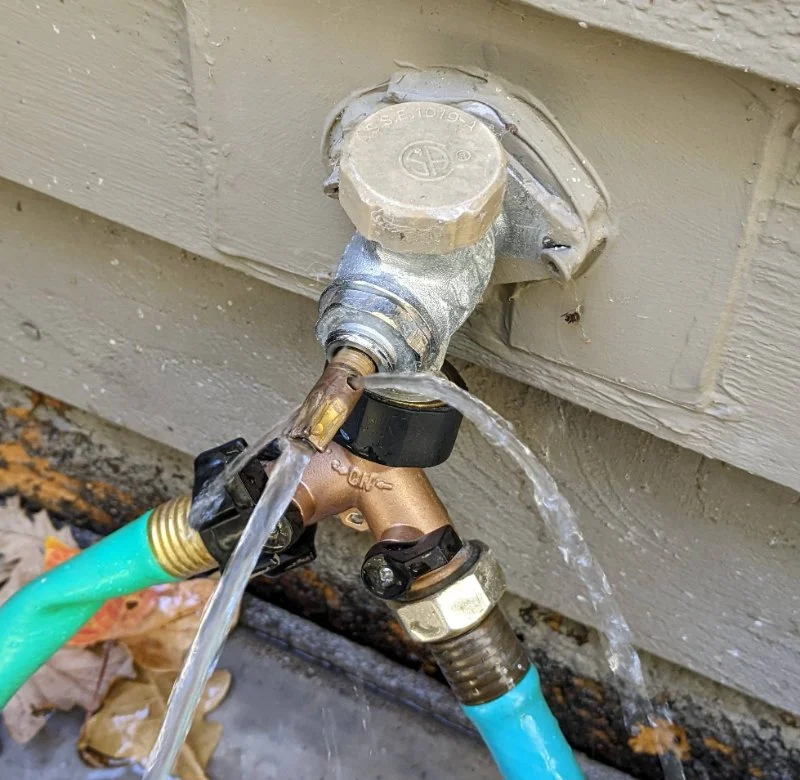 How to Replace a Spigot That Leaks Only When Turned On – A Step-by-Step Guidereplace spigot, leaking spigot, spigot repair, how to replace a spigot, leaking faucet, fix leaky spigot, spigot leaking when turned onLearn how to replace a spigot that leaks only when turned on with this detailed step-by-step guide. Discover common causes of leaky spigots and how to fix them easily.
How to Replace a Spigot That Leaks Only When Turned On – A Step-by-Step Guidereplace spigot, leaking spigot, spigot repair, how to replace a spigot, leaking faucet, fix leaky spigot, spigot leaking when turned onLearn how to replace a spigot that leaks only when turned on with this detailed step-by-step guide. Discover common causes of leaky spigots and how to fix them easily.- Why Does My Spigot Leak When Turned On?
- Tools Needed to Replace a Leaking Spigot
- Step-by-Step Guide to Replace a Leaking Spigot
- Common Causes of Leaky Spigots
- When to Call a Professional Plumber
- Final Thoughts

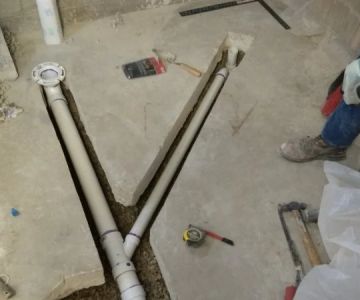





 Oakland Plumbing LLC5.0 (17 reviews)
Oakland Plumbing LLC5.0 (17 reviews)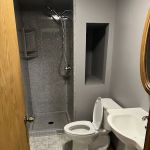 Midwest Plumbing & Service4.0 (7 reviews)
Midwest Plumbing & Service4.0 (7 reviews) Moberly Plumbing4.0 (117 reviews)
Moberly Plumbing4.0 (117 reviews)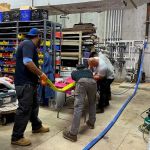 American Trenchless Technologies4.0 (8 reviews)
American Trenchless Technologies4.0 (8 reviews) Tony's Plumbing3.0 (12 reviews)
Tony's Plumbing3.0 (12 reviews)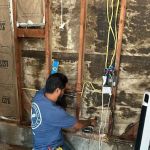 Socal Plumbing Co5.0 (5 reviews)
Socal Plumbing Co5.0 (5 reviews)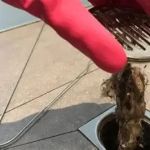 How to Repair a Hairball Clog Without Harsh Chemicals
How to Repair a Hairball Clog Without Harsh Chemicals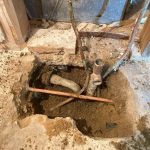 How to Repair a Junction That Is Leaking Under Slab: A Comprehensive Guide
How to Repair a Junction That Is Leaking Under Slab: A Comprehensive Guide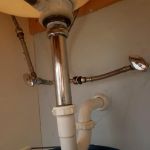 How to Replace a Sink Overflow Tube: A Complete Step-by-Step Guide
How to Replace a Sink Overflow Tube: A Complete Step-by-Step Guide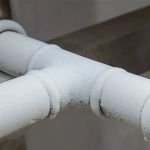 What Causes Frozen Pipes and How You Can Prevent It - Expert Tips
What Causes Frozen Pipes and How You Can Prevent It - Expert Tips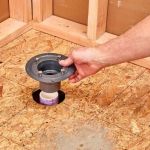 How to Replace a Shower Niche Drain: Step-by-Step Guide for Homeowners
How to Replace a Shower Niche Drain: Step-by-Step Guide for Homeowners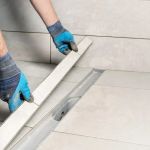 How to Replace an In-Wall Shower Drain: Step-by-Step Guide
How to Replace an In-Wall Shower Drain: Step-by-Step Guide